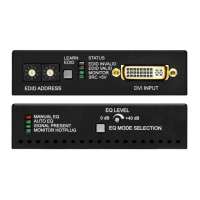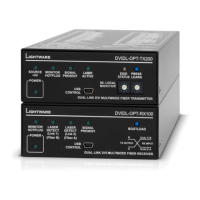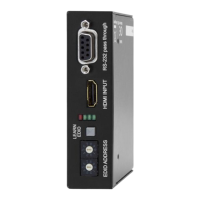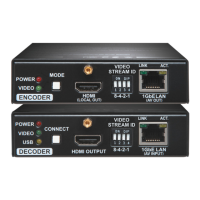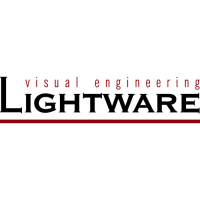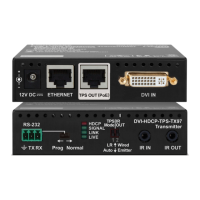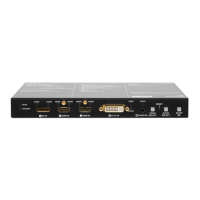6. Troubleshooting DP-OPT-TX150, DP-OPT-RX150 – User's Manual 31
Use Cases
Symptom Root cause Action
General video signal problems
Picture is not displayed
or distorted
Video connectors are loose
Another port is selected in the
When adaptor cable is applied:
the source port does not
support the Dual-mode
Extend the picture to a DisplayPort capable
display device.
The monitor is not able to
display the desired image
resolution
Select another display device or reduce the
image resolution.
Protected image is extended
If the monitor does not support displaying
not plugged or dirty
necessary.
Audio problems
No audio is present Not the right interface is
selected in the source device
If the source is a computer make sure the
audio is embedded in the video stream and not
switched to an analog output.
The audio output is muted in
the source
USB problems
Extended USB device
does not work
The desired device is not
connected
the USB HUB if it was installed.
The Transmitter is in
In this case only one USB HID device is
transmitted. Switch the Transmitter to
Transparent mode if possible.
Not supported USB device is
connected
Only USB HID devices can be extended from
supported.
The USB device is not
supported by the source
computer
directly.
Local USB device does
not work
The USB device is not
supported by the source
computer
directly.
Lightware’s technical support team
is always working hard to provide the
fastest support possible. Our team’s
response time is one of the best in
the industry and in the toughest of
cases we can directly consult with
the hardware or software engineer
who designed the product to get the
information from the most reliable
source.
However, the troubleshooting process
can be even faster… with your help.
This information is the following:
▪
▪ Serial number(s) of the device(s) (it is either printed somewhere on the box or you can query it in the
▪
▪
▪ Patch panels, gender changers or anything else in the signal path that can affect the transmission.
▪ Signal type (resolution, refresh rate, color space, deep color).
▪
▪ Actions to take in order to re-create the problem (if we cannot reproduce the problem, it is hard for us
▪ Photo or video about the problem (‘image noise’ can mean many different things, it’s better if we see
it too).
▪
▪
software.
The more of the above information you can give us the better. Please send these information to the Lightware
Support Team (support@lightware.com) to speed up the troubleshooting process.
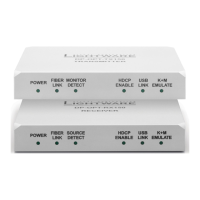
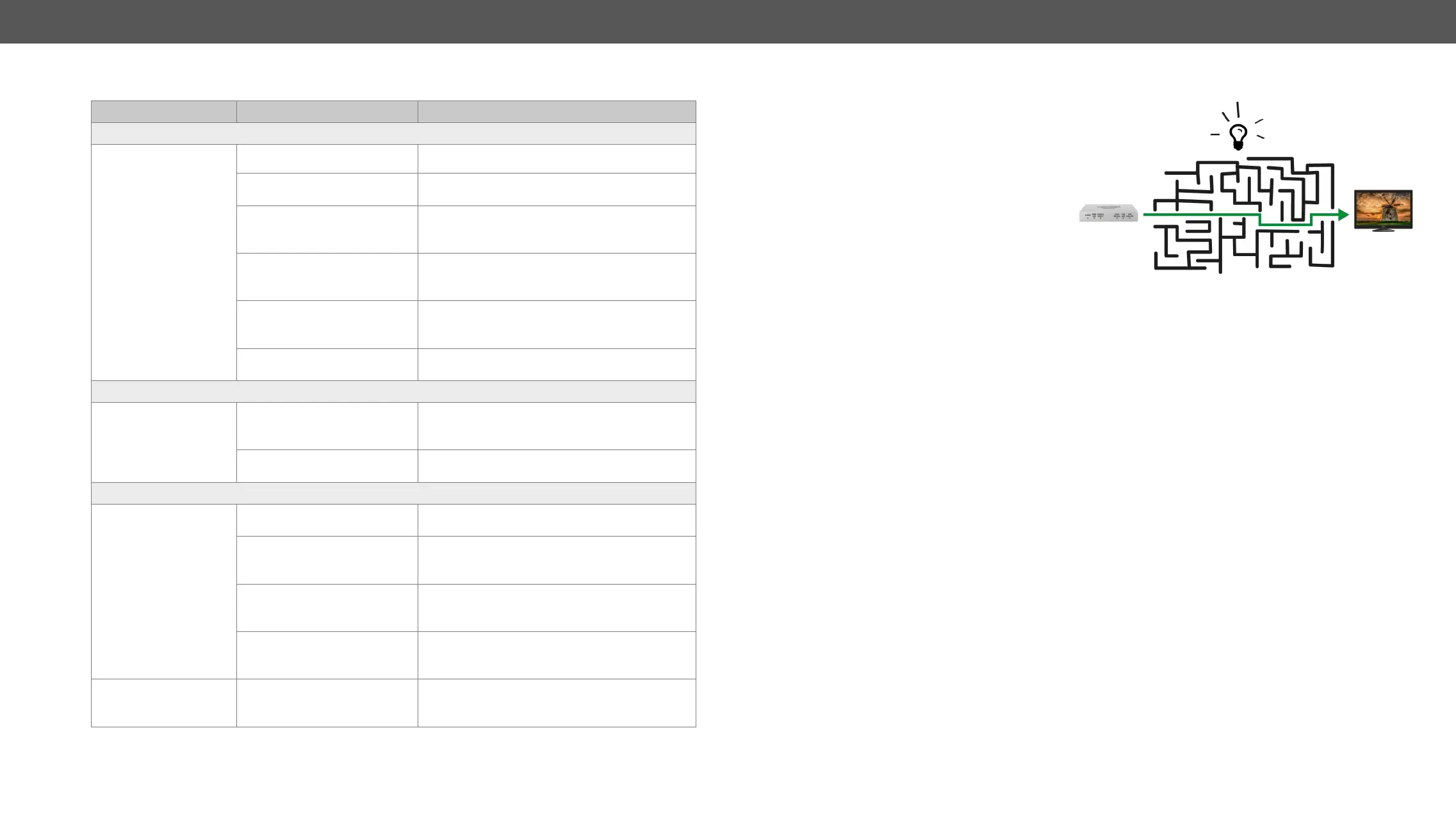